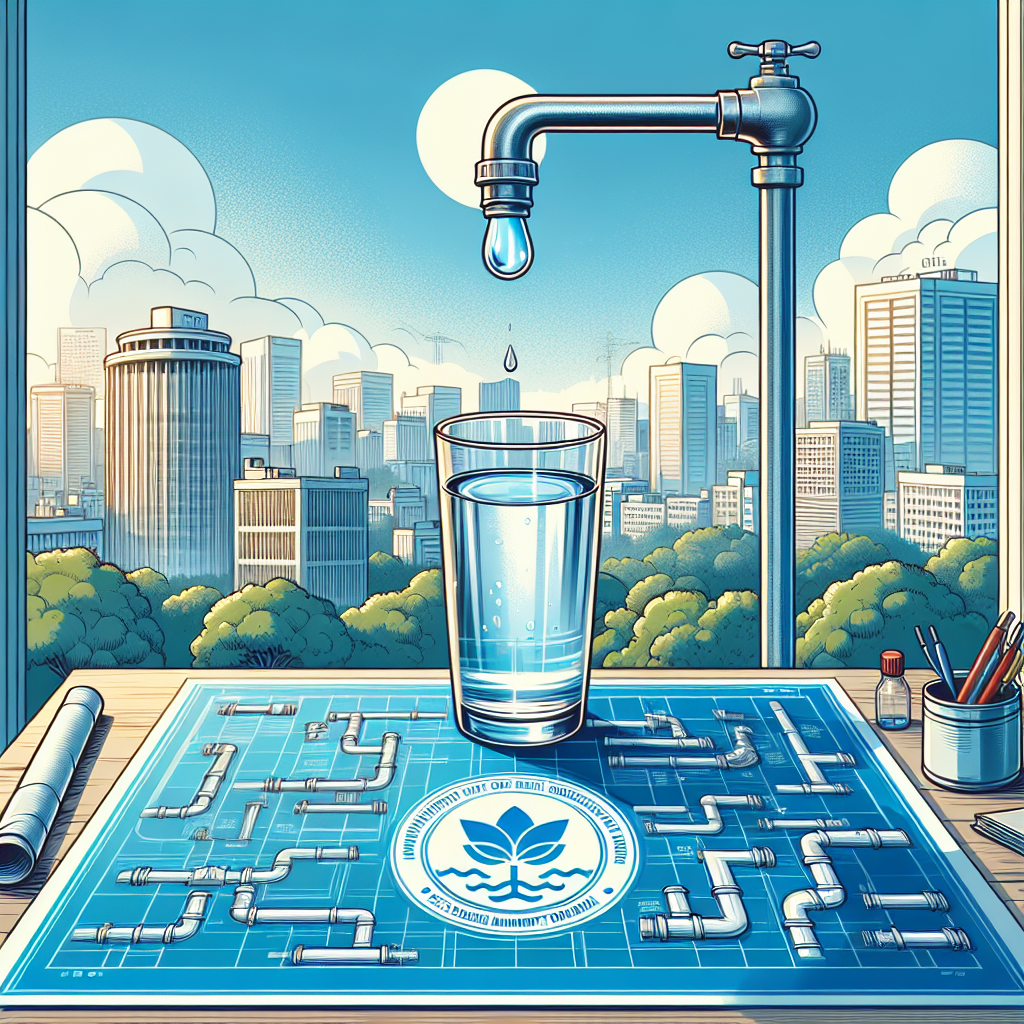DWS Assures Public: HIV Drugs in Water Pose No Risk, Ongoing Studies Continue
As a result, residues from treated wastewater can enter rivers and surface water sources, which in turn may be used for drinking water or irrigation after further treatment.

The Department of Water and Sanitation (DWS) has issued a public assurance that the presence of anti-retroviral (ARV) drug residues in drinking water poses no health risk and cannot lead to the transmission of HIV. This follows the release of a comprehensive study by North West University, which detected measurable levels of ARV residues in some of South Africa’s water sources.
The report, titled “Quantification, Fate, and Hazard Assessment of HIV-ARVs in Water Resources,” has sparked public concern regarding the safety of drinking water and the potential long-term effects of pharmaceutical contaminants in water systems. However, the DWS, in collaboration with the Water Research Commission (WRC), has emphasized that current findings show no cause for alarm.
How ARVs Enter the Water Supply
The study revealed that ARVs such as lopinavir and efavirenz—commonly used in South Africa’s extensive HIV treatment programmes—are entering the water cycle via municipal wastewater treatment plants. These facilities, although effective in removing biological and physical waste, were not originally designed to eliminate pharmaceutical compounds.
As a result, residues from treated wastewater can enter rivers and surface water sources, which in turn may be used for drinking water or irrigation after further treatment.
While the detected levels of ARVs in some areas exceeded global norms, researchers clarified that the concentrations are extremely low, typically measured in nanograms per litre (a billionth of a gram). This makes their health impact on humans negligible according to existing data.
Clarifying Misconceptions: ARVs Cannot Transmit HIV
The DWS was unequivocal in dispelling public fears about HIV transmission through water:
“Pharmaceuticals such as ARVs are drugs used to treat diseases—they do not cause diseases. Therefore, the presence of traces of ARVs in the water will not result in people contracting HIV.”
Moreover, the study did not find any evidence of ARV accumulation in fish, nor any signs of biological harm to aquatic life within the limited scope of the study.
Potential Risks: Antimicrobial Resistance and Ecosystem Impacts
While no immediate human health risks have been confirmed, researchers and government officials agree that long-term exposure to ARVs and other pharmaceuticals in water may potentially contribute to antimicrobial resistance (AMR). AMR poses a broader threat to global public health by weakening the effectiveness of medical treatments over time.
The DWS and WRC emphasized that environmental toxicity, ecosystem impacts, and viral resistance remain under active research, not just in South Africa but globally.
Contaminants of Emerging Concern (CECs): A Global Scientific Frontier
The findings fall under the wider category of Contaminants of Emerging Concern (CECs), which includes substances such as:
-
Microplastics
-
Personal care products
-
Pharmaceutical residues
-
Endocrine disruptors
Since the early 2000s, the WRC has spearheaded multiple studies examining CECs in both drinking water and natural water systems, contributing to a growing body of international research. These studies play a crucial role in informing water safety guidelines, policy development, and future regulatory responses.
Key Findings from the WRC-North West University Study
From a total of 72 drinking water samples collected at various test sites, researchers observed the following:
-
Fluconazole (an antifungal medication) was the most frequently detected compound, appearing 28 times, with concentrations ranging from 0.06 to 1.8 μg/L.
-
Nevirapine and efavirenz were each detected 22 times, indicating consistent trace presence.
-
Lopinavir and efavirenz registered the highest average concentrations overall, while compounds like didanosine and zidovudine were the least detected, appearing only 2 and 6 times respectively.
-
Almost all concentrations were below detection thresholds or below limits of quantification in most samples.
South Africa’s Water Safety Standards: Built on Global Benchmarks
The DWS underscored that South Africa’s water quality standards are aligned with World Health Organization (WHO) benchmarks, specifically the SANS 241: Drinking Water Specification standard. This ensures that biological and microbiological threats to human health are effectively managed through national regulatory oversight.
In addition, public initiatives like the Blue Drop (drinking water) and Green Drop (wastewater management) programmes monitor municipal compliance and system performance, providing transparency and early warnings for water quality issues.
Treatment Technologies: Effective Against Larger Threats
Conventional treatment technologies used in South African water and wastewater plants are primarily designed to eliminate large-scale contaminants such as:
-
Fecal matter
-
Pathogenic bacteria
-
Suspended solids
However, these systems are less effective at removing trace pharmaceuticals, which pass through filtration systems undetected due to their molecular size. Advancing treatment methods to include activated carbon filtration, ozonation, or membrane bioreactors is a global priority to deal with CECs more effectively.
No Immediate Risk, but More Research Needed
While the presence of ARV residues in water is not unique to South Africa and poses no current health threat, the DWS and its partners continue to invest in scientific monitoring, public education, and infrastructure planning. Ongoing research aims to fill gaps in knowledge about long-term ecological impacts and potential risks of antimicrobial resistance.
In the meantime, the public is encouraged to trust South Africa’s robust water monitoring systems and report any anomalies in water services to local municipalities or the DWS.
Access the Full Reports:
- READ MORE ON:
- water safety
- anti-retroviral residues
- HIV drugs in water
- DWS
- Water Research Commission
- pharmaceutical contamination
- South Africa drinking water
- ARV transmission
- antimicrobial resistance
- contaminants of emerging concern
- SANS 241
- water quality standards
- HIV treatment
- municipal wastewater
- water research
- environmental health
- WRC studies
- lopinavir
- efavirenz
- nevirapine










